Adobe announces convenient new features such as 'Distraction Removal' to easily remove backgrounds in Photoshop and 'Enhanced Image Trace' to vectorize images in Illustrator

On October 14, 2024 local time, Adobe announced new features for Photoshop, Illustrator, InDesign, Lightroom, and more at Adobe MAX 2024, a creative conference held by Adobe. New features include 'Distraction Removal,' which makes it easy to remove unwanted backgrounds in Photoshop, and 'Enhanced Image Trace,' which vectorizes images in Illustrator.
Adobe Puts Greater Power & Possibility in Hands of Creators, Teams & Marketers at Adobe MAX 2024

Adobe MAX 2024: More power to the creators | Adobe Blog
https://blog.adobe.com/en/publish/2024/10/14/adobe-max-2024-more-power-creators
Adobe MAX 2024: Just Announced! Coming Soon to Adobe Creative Cloud | Adobe Creative Cloud - YouTube
Adobe announced that it has added more than 100 new features to its Creative Cloud suite of software for creators at Adobe MAX 2024 on October 14. Adobe said, 'The new features added will give creators unprecedented power to create, collaborate and conceptualize ideas to increase productivity.'
◆ 'Distraction Removal' to easily remove unwanted backgrounds in Photoshop
Photoshop, an image editing software, has added a feature called 'Distraction Removal' that makes it easy to remove unwanted backgrounds from images. Normally, it is difficult to remove objects reflected in an image without the right tools. Photoshop previously had the ability to select and remove the parts you want to remove, but Distraction Removal automatically detects distracting objects and makes it possible to remove them with one click.

When you open an image, run Distraction Removal and click 'Find Distraction', 'Wires and cables' are detected as unnecessary objects in the image. Click this to remove them.

Then, in an instant, the power lines at the top of the image disappeared.

Of course, it is also possible to remove people who are in the photo.


In addition, the 'Generative Expand' function, which expands images, and the 'Generative Fill' function, which adds AI-generated content to images, have also been improved by the new Firefly Image 3 Model.
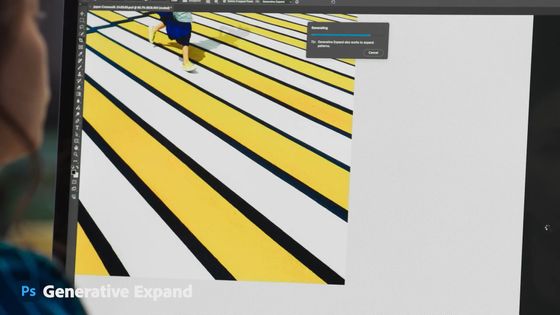
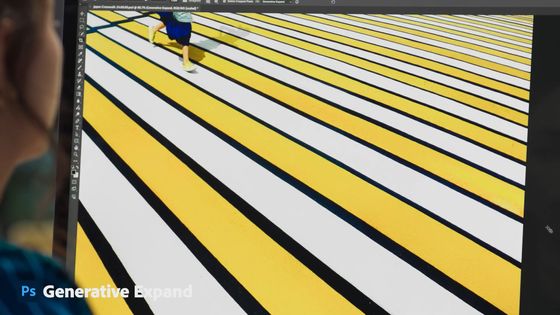
◆ Enhanced Image Trace converts images into editable vector format in Illustrator
Illustrator, an editing software for design and layout creation, has added a new feature called 'Enhanced Image Trace' that converts raster images such as hand-drawn illustrations into editable vector images.
To use Enhanced Image Trace, open an image and click 'Image Trace.'
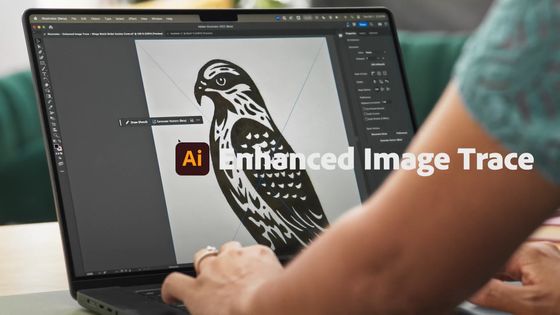
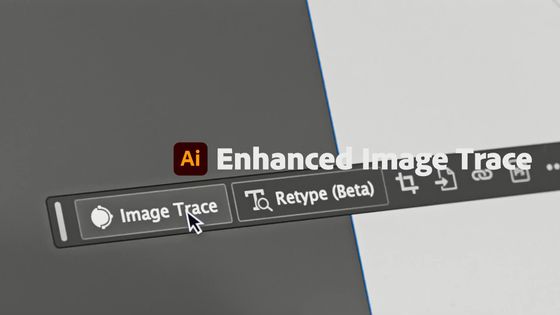
This will vectorize the image, allowing you to edit paths and perform other operations.
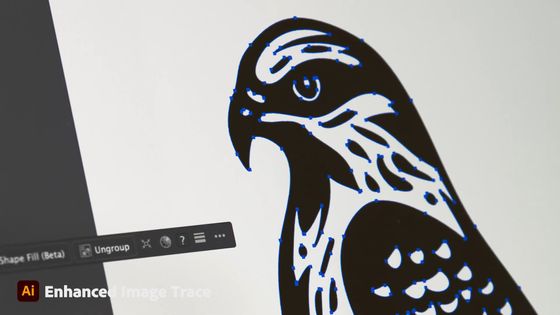
We've also added a new feature called 'Objects on Path' that lets you quickly place and move objects along any path.

InDesign's new generative AI features
InDesign, an editing software for desktop publishing (DTP) and layout, has also added features that use generative AI. Generally, it is difficult to arrange photos and text according to the layout of a page.
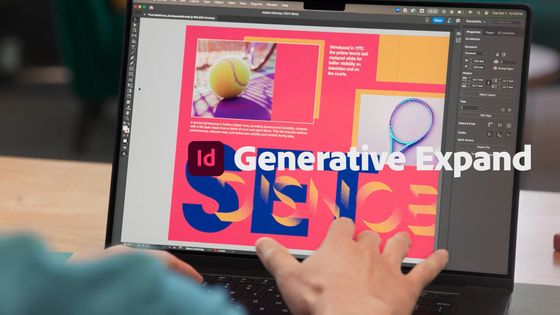
InDesign now has a new feature called 'Generative Expand' that expands images, so you can fill in the white space without replacing images or changing the layout.
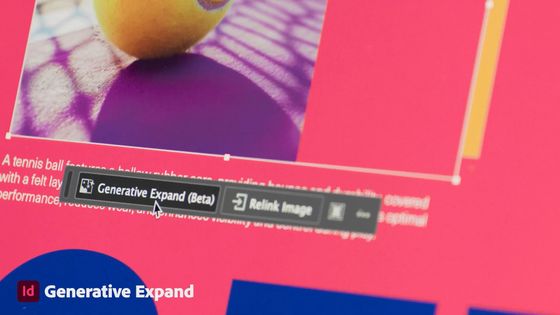
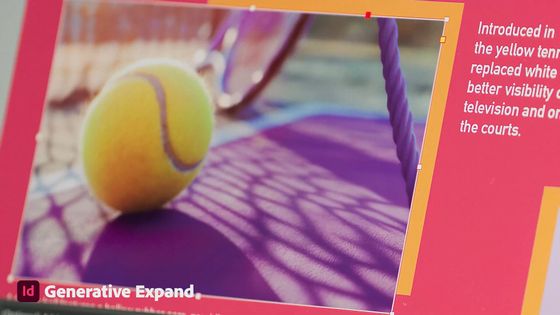
You can now also export InDesign files to the online app
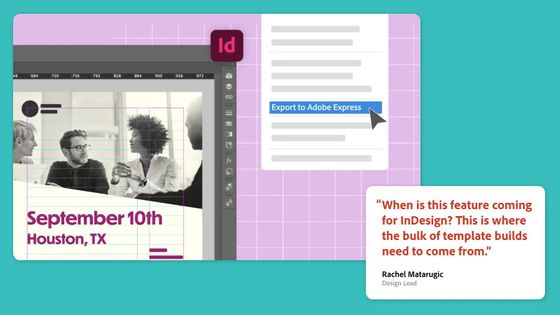
◆ 'Quick Actions' suggests photo-specific edits in Lightroom
Lightroom, a photo editing and management software, now has a new feature called 'Quick Actions' that automatically creates masks based on the subject of an image.

Quick Actions detects elements such as the subject, background, and faces, and automatically creates masks for each of them, which can then be further adjusted in the Masking panel.


◆ Adobe Adaptive in Camera Raw
Camera Raw, a Photoshop plug-in that can read and adjust RAW images, has added an AI-powered profile called 'Adobe Adaptive,' which uses an AI model to analyze photos and automatically adjust tones and colors to make them look more appropriate.
The Adobe Adaptive Profile | Adobe Blog
Below is a comparison of the image before editing (left) and after editing with Adobe Adaptive (right). You can see that the photo looks much better, even without any manual adjustments.

'We're giving the creative community powerful new brushes to paint the world with, giving creators unprecedented power, precision and creative control,' said David Wadhwani, vice president of Digital Media at Adobe.
Related Posts:








